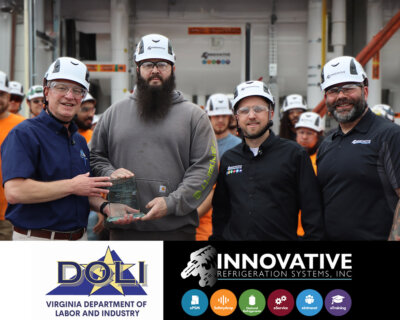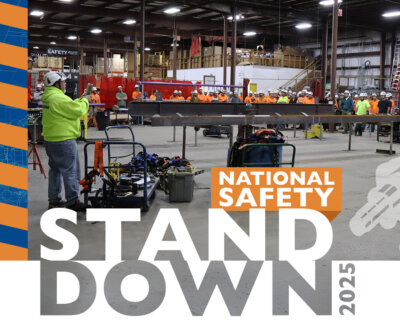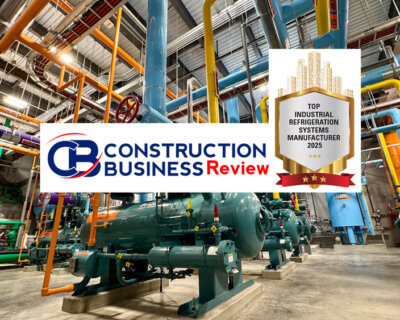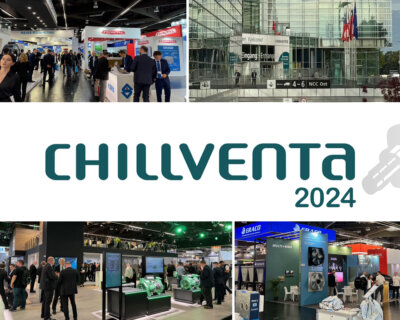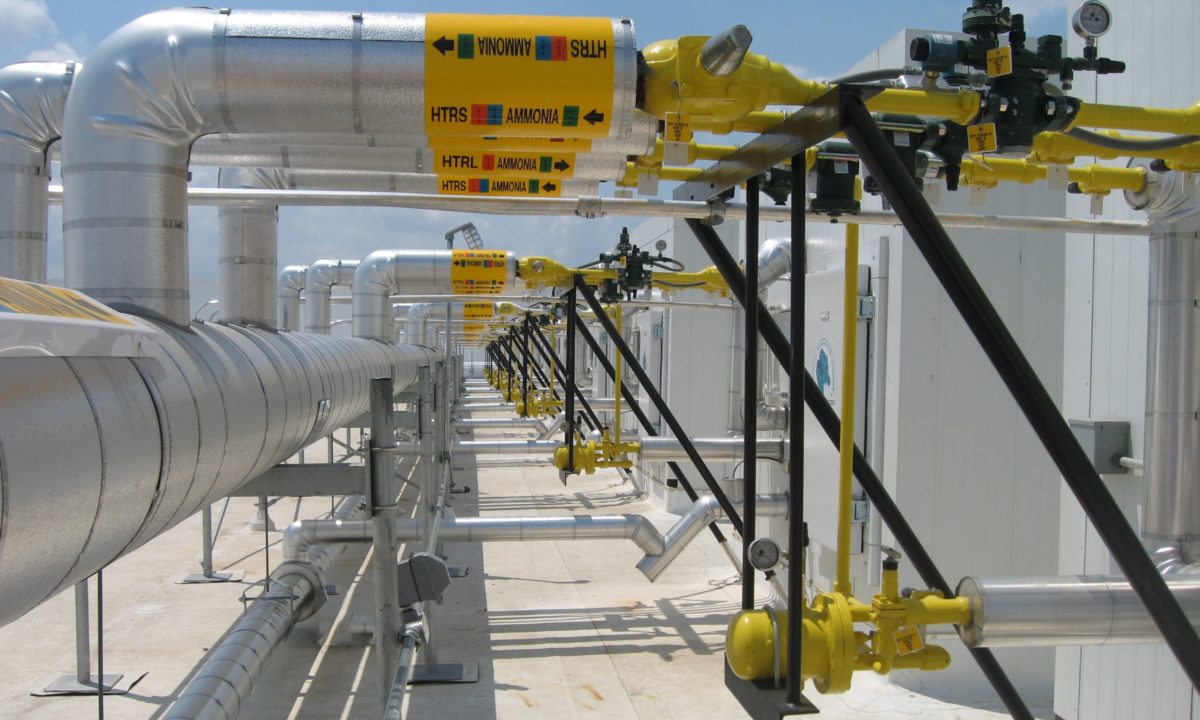
How HCFC Phase-Out Can Affect Your Bottom Line
Because of growing concern over climate change and the threat of global warming, the United States created new regulations six years ago that impacted the industrial refrigeration community. Since 2010, the production and importation of R-22 Refrigerant has been severely limited.
Hydrochlorofluorocarbons (HCFC’s) like R-22 have a fascinating industrial background. HCFC’s are similar to their chemical cousins, Chlorofluorocarbons (CFC’s), which became a popular refrigerant in the early part of the 20th century. However, after the Montreal Protocol effectively killed the international use of CFC’s in the 1980s, industries that relied on CFC’s were forced to adopt other chemical practices. HCFC’s (like R-22) became a transitional solution for businesses who needed an operational change, but even they were tagged as a Class II controlled Ozone-depleting substance. HCFC’s aren’t nearly as bad for the Ozone as the original CFC’s, but they do still harm to the Stratosphere.
Just as the importing of Class I substances like CFC’s were phased out years ago, the EPA is now phasing out Class II substances. The phase-out will end with a nationwide ban on virgin R-22 on January 1, 2020, in accordance with the EPA’s Significant New Alternatives Policy (SNAP) Program. This program follows in the footsteps of the Montreal Protocol, with regulations like these accelerating a worldwide push to phase out the use of environmentally harmful refrigerants.
With only three years left on the shrinking HCFC market, demand is quickly outpacing supply. Facilities that rely on this refrigerant are facing prices that approach $20.00 per pound, so converting entire facilities to SNAP-approved refrigerants is rapidly becoming more economically appealing.
Businesses that find themselves in the HCFC jackpot should look for refrigerant solutions that are more sustainable, both fiscally and environmentally. The American Society of Heating, Refrigerating, and Air Conditioning Engineers (ASHRAE) offers over a dozen alternative refrigerants, like R-407A, R-407C, and R-427A. Although their list is extensive, there is no true “drop-in” solution. It will takes a talented team of engineers to decipher the best solution for each scenario, and it’ll take an experienced team of technicians to execute the replacement.
Innovative Refrigeration Systems is proud to have a skilled team and the newest technology to be able to provide customers with successful refrigerant conversions. Projects span both coasts and range from facilities running on less than 10,000 pounds to an excess of 30,000 pounds of refrigerant. As the world keeps demanding changes that push for a brighter future, Innovative will continue to adapt and offer services to make those changes happen.


